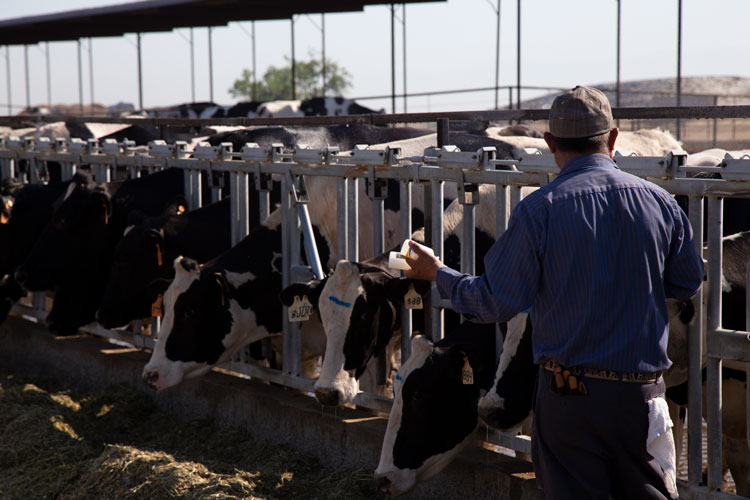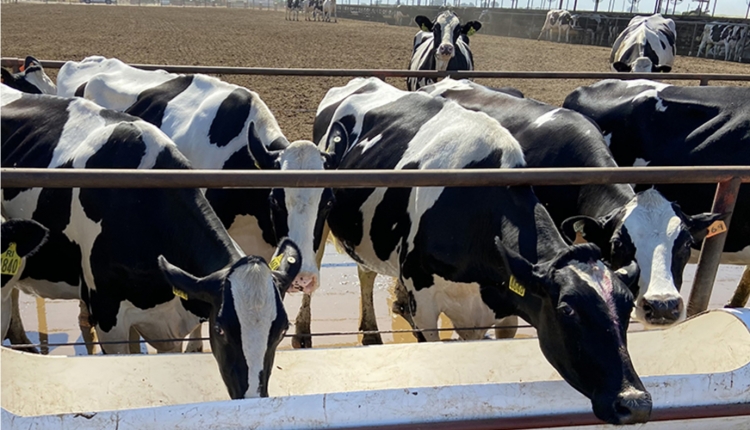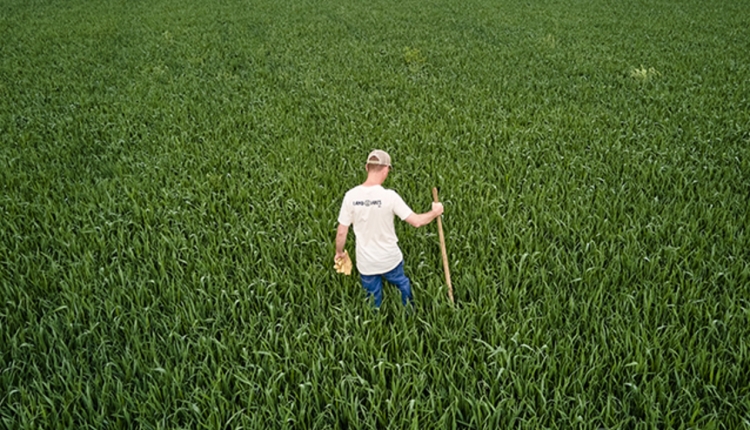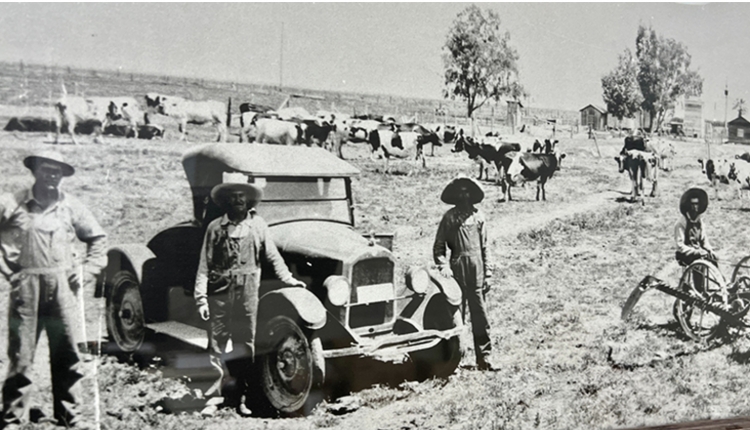
I hear all these people going on the “Keto” diet, and it is driving me nuts! All I can think of is, “KETOSIS IS BAD!”
Over the years I dove into the world of transitioning milk cows and how to make the process as seamless as possible because prevention is always the first step. However, with every good protocol comes two hiccups. With every hiccup comes a metabolic slump, and with every slump comes the risk of ketosis.
What is truly considered a ketotic cow? And how do I find them?
With the proper protocols in place, you will have a nearly perfect success rate of finding every ketotic cow before she reaches critical levels.
Noting that every farm is different and variables are vast between dairies, there are some measurable metabolic signs that remain as precursors to ketosis. The first and more widely known are BHBAs (beta-hydroxybutyrate). The second, glucose, is not commonly measured in cows yet but stands as a companion figure to the BHBA reading.
When we test cows for BHBAs and glucose, we use a drop of blood that was extracted from the tail of a cow between three and seven days in milk. If you were to test any sooner you would receive many false positives due to the stress of calving and transitioning. As we place the blood on our cowside meter, we look for both BHBA and glucose levels before making a prognosis.
Over the last five years and nearly 15,000 samples later, we have found that there are distinct cut off points for both BHBA and glucose levels. The rule of thumb is that if we see any cow with a BHBA of 1.1 mmol/L or higher or a glucose level less than 60 mg/dL, we raise the red flag. However, rules are made to be broken, and this is no different.
When treating on a subclinical level, you will find that there are subtle rules that will help make you more efficient based on BHBA and glucose findings. This is what we do on our farm:
- BHBA greater than 2.0, glucose less than 60: IV Dextrose/Dexamethasone; drench 500 cc Glycol; and check for displaced abomasum on day of treatment and the following day.
- BHBA greater than 1.1, glucose less than 60: IV Dextrose/Dexamethasone and drench 500 cc Glycol.
- BHBA between 1.3 and 1.0, glucose greater than 60: The cow will probably recover on its own, but a quick 500 cc glycol drench is good insurance.
- BHBA less than 1.1, glucose greater than 50: Keep an eye on the cow, as BHBA levels may elevate tomorrow. Again, 500 cc of glycol is good insurance.
After treatment, we always go back the next day for a second reading to ensure the treatment was a success. Ketosis in cows can have a long-lasting impact on a cow’s lactation, affecting not only her milk production but also her ability to reproduce. There are inexpensive meters and strips available through many different dealers, both local and online. Take a look — you will be glad you did.

Tyler Ribeiro is a fourth-generation dairy farmer born and raised in California. He is currently partners with his father at Rib-Arrow Dairy in Tulare where they proudly ship their milk to Land O’Lakes. Tyler is actively involved in the dairy industry, holding leadership roles in various organizations locally and across the United States.








